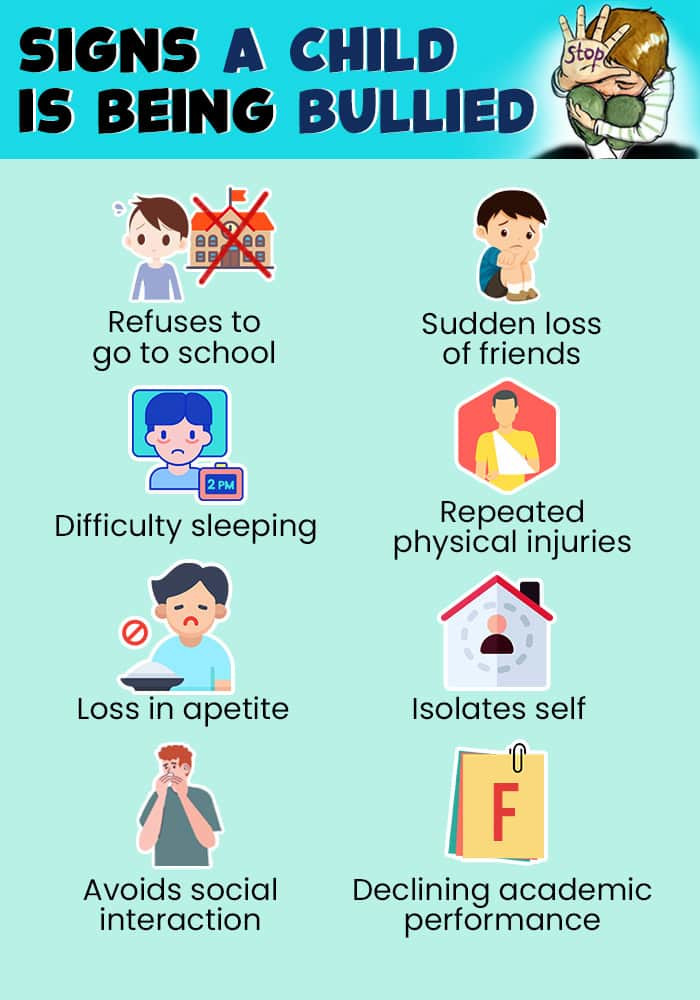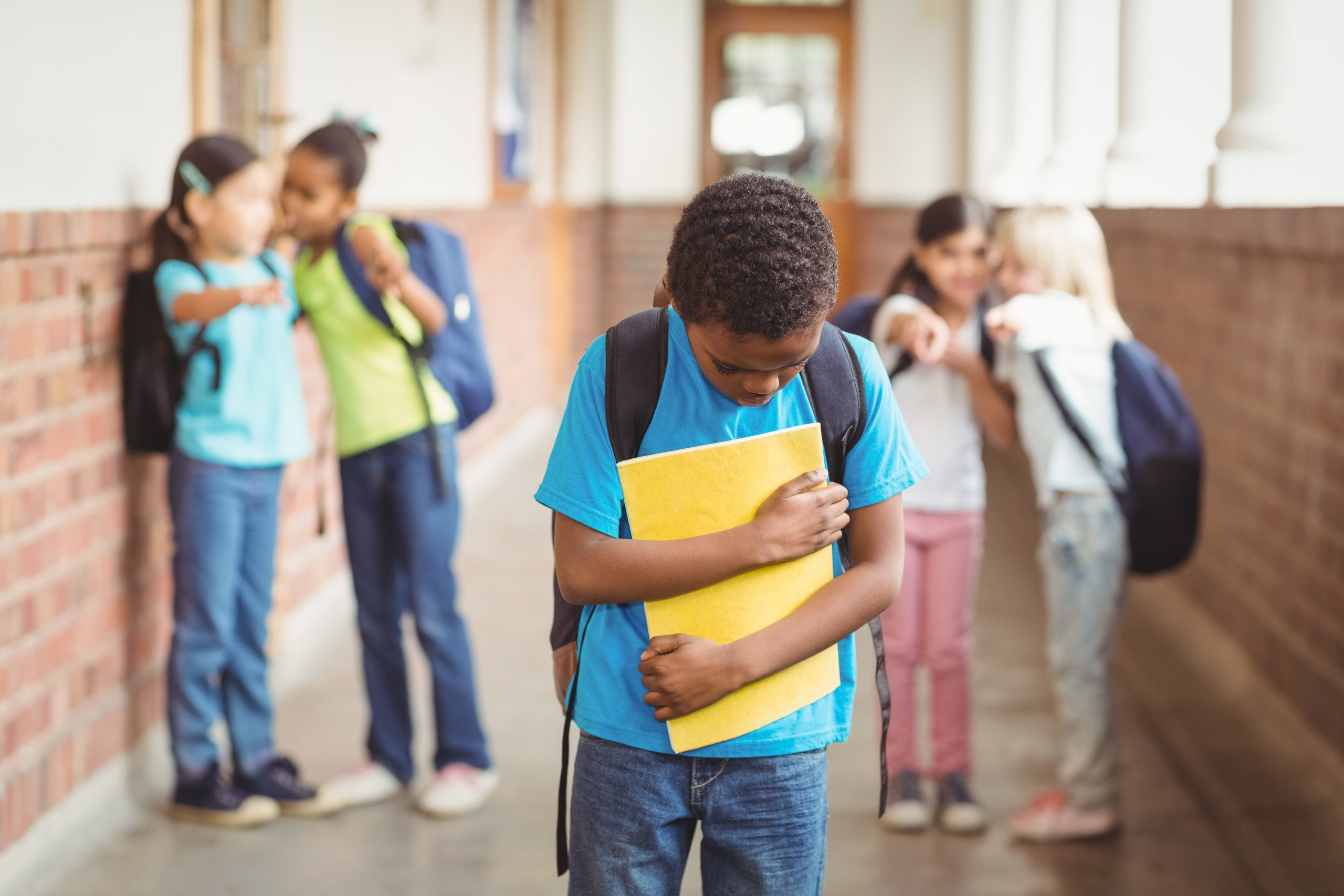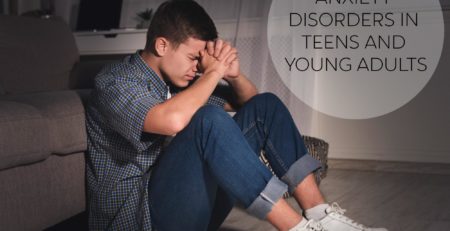The Devastating Effects of School Bullying
The effects of bullying can be long-lasting for victims, including fear and anxiety, depression, and thoughts of suicide.
Bullying is a persistent issue in society that has affected countless individuals of all ages. It is defined as the act of repeatedly and intentionally hurting someone through physical, verbal, or psychological means. Sadly, the effects of bullying can be long-lasting and can negatively impact the victim’s mental, emotional, and physical health. In this blog post, we will discuss the different effects of bullying and highlight ways to prevent and address it.
One of the most significant effects of bullying is its impact on the victim’s mental health. Bullying can cause feelings of anxiety, depression, and low self-esteem. It can lead to social isolation, a lack of interest in activities or hobbies, and even suicidal thoughts. The psychological damage inflicted during bullying can have long-lasting effects well into adulthood, leading to anxiety disorders, PTSD, and other mental health issues.
In addition to mental health, bullying can significantly impact the victim’s physical health. Victims of bullying may experience headaches, sleep disturbances, and stomach aches. The constant stress and anxiety caused by bullying can weaken immunity, leading to a higher risk of illness or disease. In extreme cases, individuals may even require medical attention or hospitalization due to physical injuries inflicted by the bully.
Bullying also affects the victim’s academic performance, causing the individual to lose interest in their studies and decreasing their motivation to succeed. Bullied students may miss school frequently, lack concentration, and experience a lower grade point average. Bullying can also lead to disciplinary action, as victims may lash out in anger or frustration, further impacting their academic performance.
The effects of bullying extend beyond the individual affected, also impacting the community as a whole. The culture of bullying can create a hostile social atmosphere, leading to a lack of trust, decreased school spirit, and a breakdown in positive relationships between peers. In contrast, prevention efforts that help individuals learn how to practice empathy and kindness can lead to a positive and inclusive environment, fostering a community where everyone feels accepted and supported.
Warning Signs Indicating A Child Is Being Bullied or At-Risk:
- The child is suddenly withdrawn and doesn’t want to go to school or participate in activities they used to enjoy.
- The child is anxious, depressed, or irritable and has difficulty sleeping or concentrating.
- The child has a sudden drop in grades or starts skipping school.
- The child has lost friends or is being excluded from social activities.
- The child is being bullied online or through text messages.
- The child fears using the school restroom or changing their eating habits.
- The child’s clothes are damaged or missing or have unexplained bruises or injuries.
- The child starts carrying a weapon or talking about harming themselves or others.
- The child talks about suicide or expresses a desire to die.
- If the child demonstrates any of the above warning signs, speaking to them about what’s happening and offering support and resources as needed is important.
Warning Signs Indicating a Child is At-Risk for Displaying Bullying Behavior:
Lack of empathy
One of the warning signs that a child may be at-risk for bullying behavior is a lack of empathy. Empathy is the ability to understand and share the feelings of another person. Children who lack empathy may have difficulty understanding how their actions can hurt others. They may also be more likely to see other people as objects rather than as human beings with feelings.
Difficulty regulating emotions
Another warning sign that a child may be at-risk for bullying is difficulty regulating emotions. Children who have difficulty controlling their emotions may be more likely to lash out at others in anger or frustration. They may also be more likely to engage in impulsive or risky behaviors.
Aggressive behavior
Another warning sign that a child may be at-risk for bullying behavior is aggressive behavior. Children who are aggressive toward others may be more likely to bully them. Aggressive behaviors can include physical aggression, such as hitting or kicking, and verbal aggression, such as name-calling or making threats.
History of being bullied
Another warning sign that a child may be at-risk for bullying behavior is a history of being bullied themselves. Children who have been bullied in the past may be more likely to drive others as they get older. This is often because they have learned that bullying can be an effective way to get what they want from others.
Having few friends
Another warning sign that a child may be at-risk for bullying behavior is having few friends. Children with difficulty making friends may turn to bullying to feel accepted and included by their peers. Additionally, children with few friends may be more likely to feel isolated and alone, leading to frustration and anger.
Being rejected by peers
Their peers are rejecting another warning sign that a child may be at-risk for bullying behavior. Children constantly rejected by their peers are more likely to feel isolated and alone. Additionally, they may become angry and frustrated, leading to them lashing out at others through bullying behavior.
Feeling powerless or helpless
Another warning sign that a child may be at-risk for bullying behavior is feeling powerless or helpless. Children who feel they can’t control what happens to them are more likely to bully others into regaining power and control. Additionally, children who feel powerless or helpless are more likely to feel angry and frustrated, which can lead to them lashing out at others through bullying behavior.
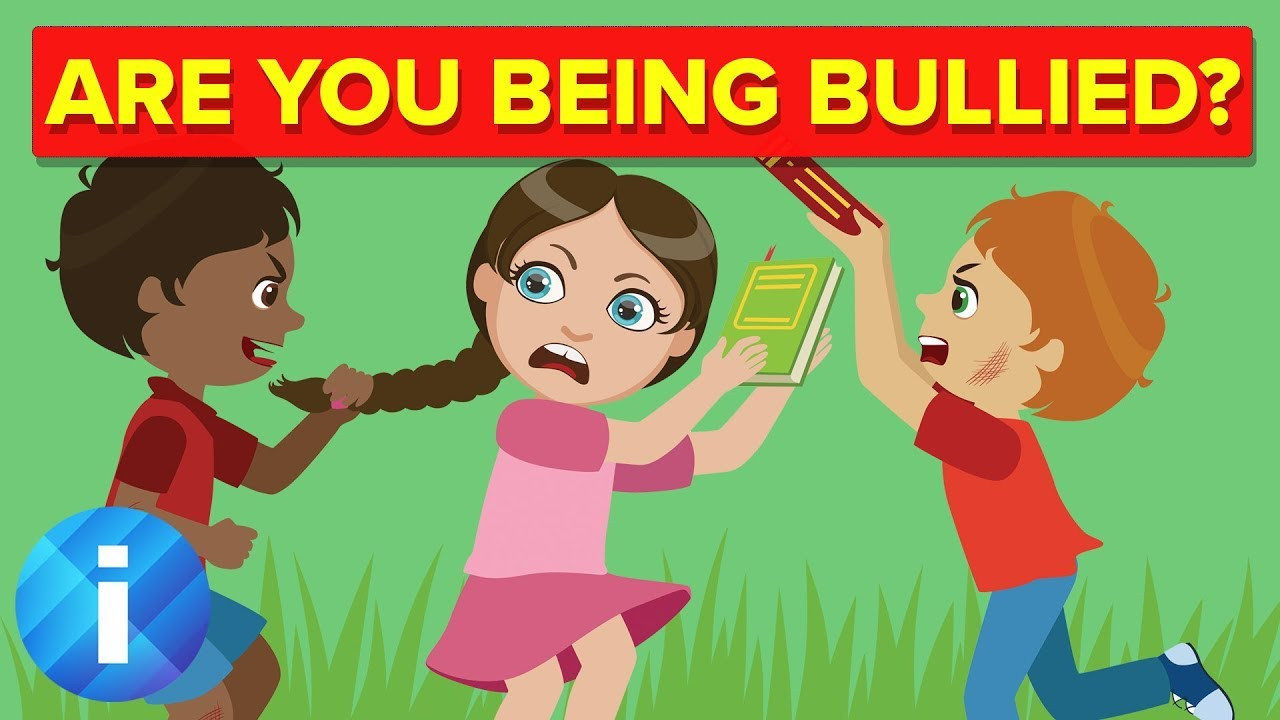
How parents, teachers, and kids can take action to prevent bullying
Preventing and stopping bullying is a crucial responsibility for parents, teachers, and everyone involved in the education and development of our youth. It’s about creating a safe environment where children feel protected from physical harm and a positive atmosphere promoting healthy social and academic growth. This includes teaching children about empathy, respect, and responsible behavior and promptly recognizing and addressing any signs of bullying. We can only create a secure and nurturing environment for our children to thrive by committing to these values. Ultimately, preventing and stopping bullying requires a collective effort that starts with awareness and an unwavering commitment to making our schools and communities safer for all.
Bullying is a serious problem that takes on many different forms. Physical aggression may be more commonly associated with boys, but girls can be just as dangerous when they bully others through social exclusion. What’s particularly troubling these days is the impact of social media on bullying. Platforms like Instagram and Snapchat give bullies a 24/7 opportunity to send hurtful messages, and many allow users to remain anonymous. This form of cyberbullying can be particularly insidious because there is no escape. It can follow children home from school or work and invade almost every aspect of their lives. We all must work together to find ways to address and ultimately stop bullying in all its forms.
In order to prevent and stop bullying, it is crucial to make a commitment towards creating a safe and secure environment that encourages children to thrive both academically and socially. This means fostering a sense of community and promoting positive social interactions while proactively addressing bullying incidents. In line with APA recommendations, all stakeholders – including teachers, parents, and students – have a role to play in preventing bullying. This can involve actions such as promoting open communication, educating students on the consequences of bullying and the importance of empathy, and supporting victims. By working together and taking a proactive stance, we can help create an environment where all children feel safe and included.
Teachers and school administrators Be knowledgeable and observant.
Bullying is a serious issue that educators need to take seriously, and it can happen in various places, including the bathroom, playground, crowded hallways, and even through technology. Teachers and administrators must understand the importance of reporting bullying incidents and encouraging students to come forward without fear of being labeled a “tattletale.” It’s also essential for educators to intervene immediately if they witness bullying in their classrooms, document the incident, and inform the appropriate school officials. Although it may seem like a good idea to have both the bully and the victim sit down for a joint meeting, this is not recommended as it could prove embarrassing and intimidating for the student who has been bullied. Encouraging a calm and supportive environment where every student feels safe and respected is crucial in preventing bullying from occurring in the first place.
Involve students and parents.
It’s no secret that school bullying remains a challenging issue that requires collective efforts to tackle. Students and parents play an incredible role in mitigating this problem by actively participating in safety teams and antibullying task forces. With their involvement, students can share with adults what’s happening in their daily lives, especially concerning bullying, while also imparting knowledge about emerging technologies that could be used for bullying. On the other hand, parents, teachers, and school administrators can equip students with positive behaviors and critical intervention skills useful in effectively addressing bullies. In addition to this, older students can act as role models and mentors to younger peers, passing down knowledge about safe practices on the internet. Together, we can ensure that our schools are safe and productive environments for all students.
Set positive expectations about behavior for students and adults.
The safety of students in schools and classrooms is of utmost importance. To maintain a safe learning environment, educators must remind students that bullying is unacceptable and has serious consequences. Creating an anti-bullying document and having both students and parents/guardians sign it can help to reinforce this message. Additionally, it’s important to support students who struggle with adjusting or making friends. Teachers and administrators can facilitate friendships or provide students with tasks to do during lunch and recess to ensure that they do not become isolated or vulnerable to bullying. By taking these proactive measures, schools can work towards creating a welcoming and inclusive environment for all students.
Parents of kids being bullied
Observe your child for signs they might be being bullied.
As parents, detecting if your child is being bullied can be challenging. Signs can include torn clothes, reluctance to go to school, loss of appetite, frequent nightmares, crying, or even depression and anxiety. It’s important to approach the situation with an open mind and have open-ended conversations with your child. Instead of dismissing their feelings, try to understand what is really going on and take appropriate steps to help them. It’s important to let your child know that you are there to support them and that they shouldn’t fight back. By creating a safe and supportive environment at home, you can help your child navigate through this tough time.
Teach your child how to handle being bullied.
As a parent, one of the hardest things to watch is when your child is bullying. While we hope for schools and administrators to have a handle on the situation, it’s essential to teach your child how to handle being bullied without being crushed or defeated. An effective way to do this is by practicing scenarios at home where your child learns to ignore a bully and develop proactive strategies for coping with bullying. Additionally, it’s important to help your child identify teachers and friends that can help them if they’re worried about being bullied. Your child can learn how to handle bullying positively with your guidance and support.
Set boundaries with technology.
Cyberbullying is becoming more common today, making it crucial for parents to educate themselves and their children on how to prevent and handle these situations. It’s important to teach children not to respond to or forward threatening emails and to set up proper filters on their devices. Making the family computer the only computer for children can be kept in a public place where parents can monitor usage. Additionally, parents should consider carefully before allowing their children to have cell phones with camera options and monitor their text messages. Implementing a phone curfew, where phones are stored in a public area by a specific time at night, can also help prevent nighttime bullying and inappropriate messaging. Educating ourselves and our children can help create a safer and more positive online environment.
Parents should report all threatening messages to the police and document any text messages, emails, or website posts.
Parents of kids engaged in bullying
Stop bullying before it starts.
It is imperative to educate our children about bullying, as it is possible that they may not even realize that their actions are causing harm. Children may sometimes struggle with reading social cues and need help understanding what constitutes bullying behavior. As parents, we are responsible for reminding our children that bullying can have severe legal repercussions and that no one deserves to be mistreated. By empowering our children with knowledge and awareness about the consequences of their actions, we can help them become more empathetic, compassionate, and respectful individuals.
Make your home “bully free.”
As parents or caregivers, it is important to understand that children learn behavior through their environment, including the behavior they observe at home. Research has shown that children exposed to aggressive behavior or an overly strict environment at home are more likely to engage in bullying at school. It is, therefore, our responsibility to model positive examples for our children in our relationships with other people and with them. This means treating others with kindness, empathy, and respect, even in challenging situations. By doing so, we can help our children develop positive social skills and relationships, which are critical to their success in school and life. As parents, we can shape our children’s behavior and future, so let’s use it wisely.
Look for self-esteem issues.
It is a commonly known fact that children with low self-esteem often bully others to alleviate their insecurities. However, it is important to note that seemingly popular and well-liked children can exhibit mean behavior. This behavior should not be ignored or brushed off as normal childhood behavior, as it can have lasting negative impacts on both the bully and the victim. Parents need to take action and address such behavior through proper discipline and communication with their children. Doing so can help foster a kinder and safer environment for all children.
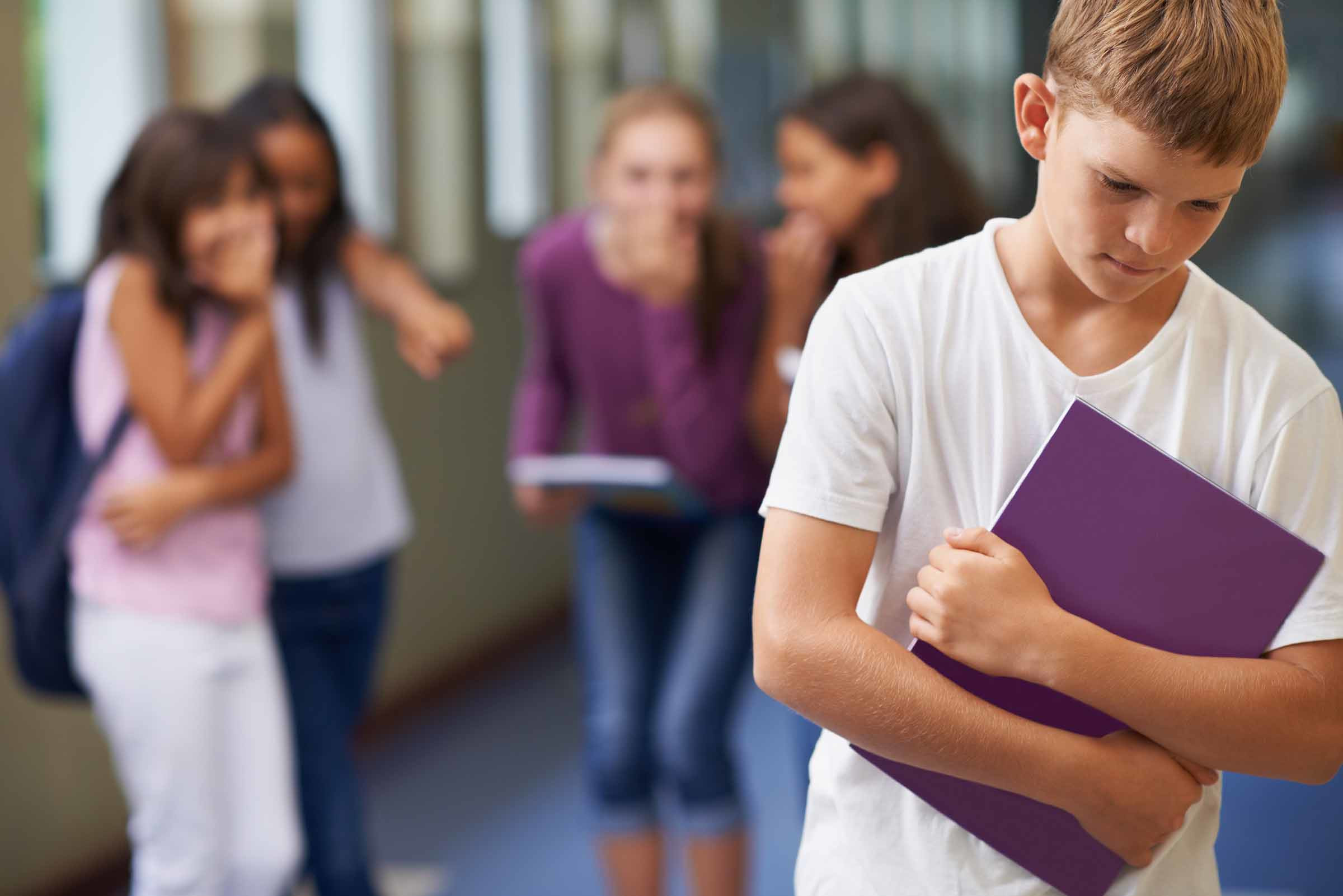
Students
Report bullying and cyberbullying
Bullying is a serious issue that affects countless students across the country. While it’s common for students to feel ashamed or scared to report cyberbullying, they must remember that they are not alone. Reporting bullying to a parent or trusted adult is essential to ending it. Although some students may fear that their parents will take away their phones or computer, it’s crucial to understand that parents are there to support their children through difficult situations. It’s important to remember that bullying is never acceptable, and students need to reach out to an adult they trust if they are feeling threatened or harassed. Remember, you deserve to feel safe and loved, and reporting bullying is vital to achieving those feelings.
Don’t bully back
It’s an unfortunate reality that bullying is still prevalent in our society today. When faced with a bully, it can be tempting to resort to retaliation. However, as the old saying goes, two wrongs don’t make a right. Responding with anger or tears may escalate the situation and make things worse. Instead, try to remain calm and collected. You can directly address the bully and calmly tell them to stop their behavior or remove themselves from the situation entirely. It may not always be easy, but taking the high road and being the bigger person can lead to a more positive outcome in the long run.
Avoid being alone
It’s essential to take precautions and avoid situations where no other students or teachers are around. This means trying to go to the bathroom with a friend or eating lunch in a group. When riding the bus, it’s best to sit near the front. If you know that a student with a history of bullying others is in a hallway you usually walk through; it may be a good idea to use an alternate route. Remember, if you or someone you know is being bullied, it’s essential to report it to a trusted adult such as a teacher, coach, principal, or parent. Nobody deserves to be bullied, and it’s necessary to take action to ensure a safe and supportive school environment.
The effects of bullying are severe and far-reaching, impacting not only the victim but also the community as a whole. To prevent bullying, it is crucial to understand its detrimental impact on mental and physical health, academic performance, and communal relationships. Teaching individuals the importance of empathy, kindness, and inclusion can help prevent bullying and create a positive, supportive environment. As individuals, we must do our part to promote kindness and understanding to prevent bullying from ever occurring.
Contact us today at 816.819.5166 or schedule your appointment online.
